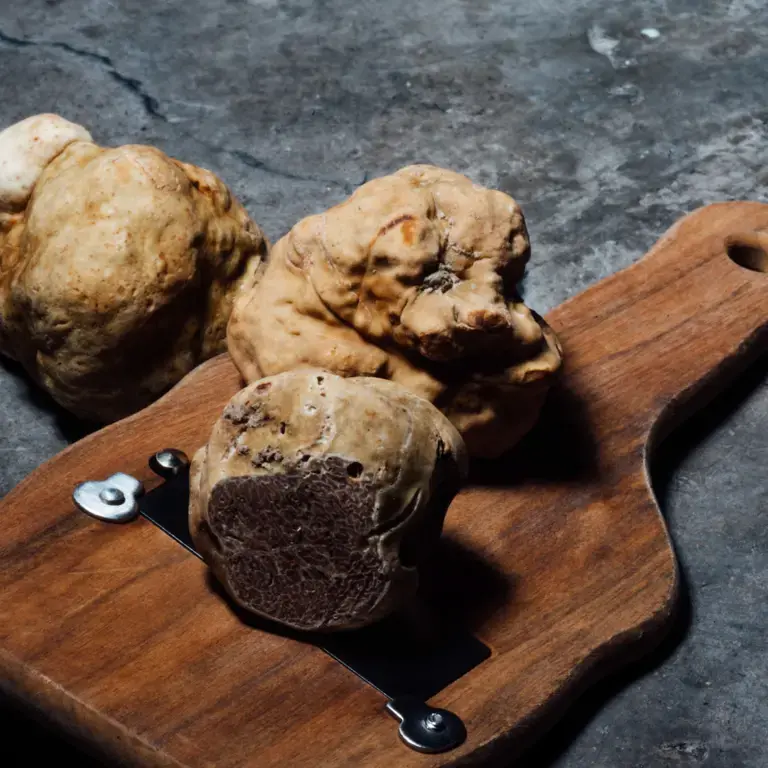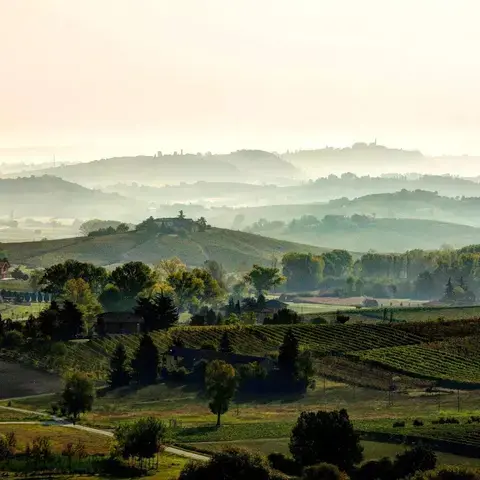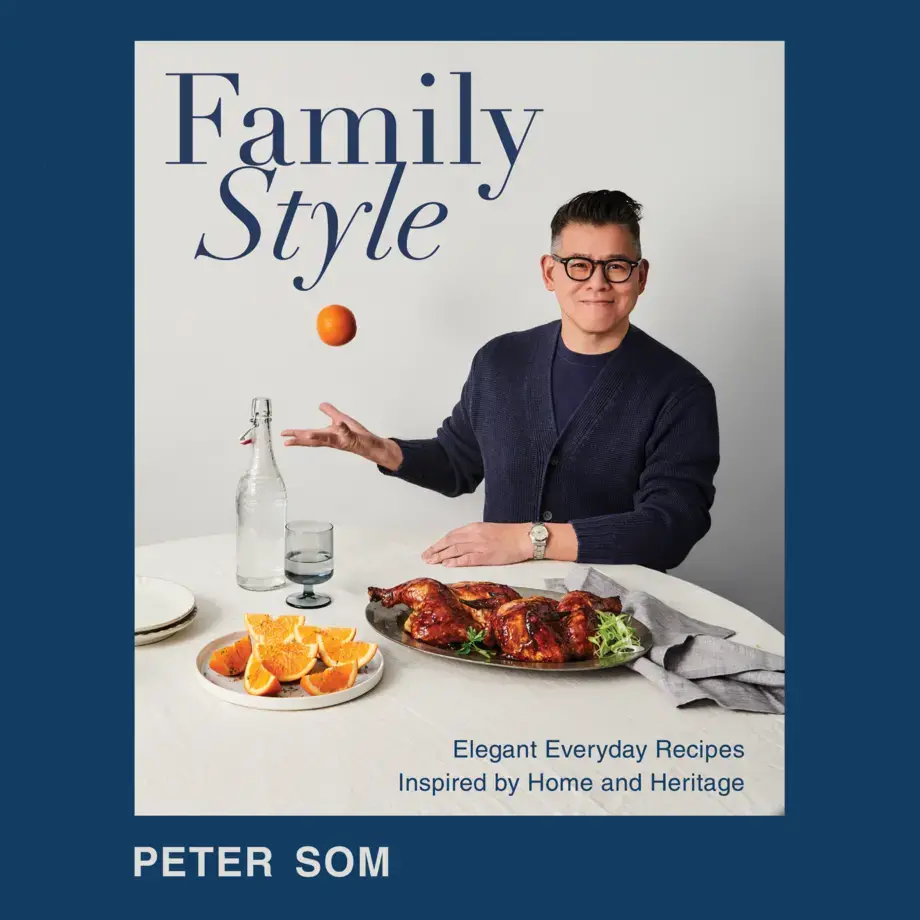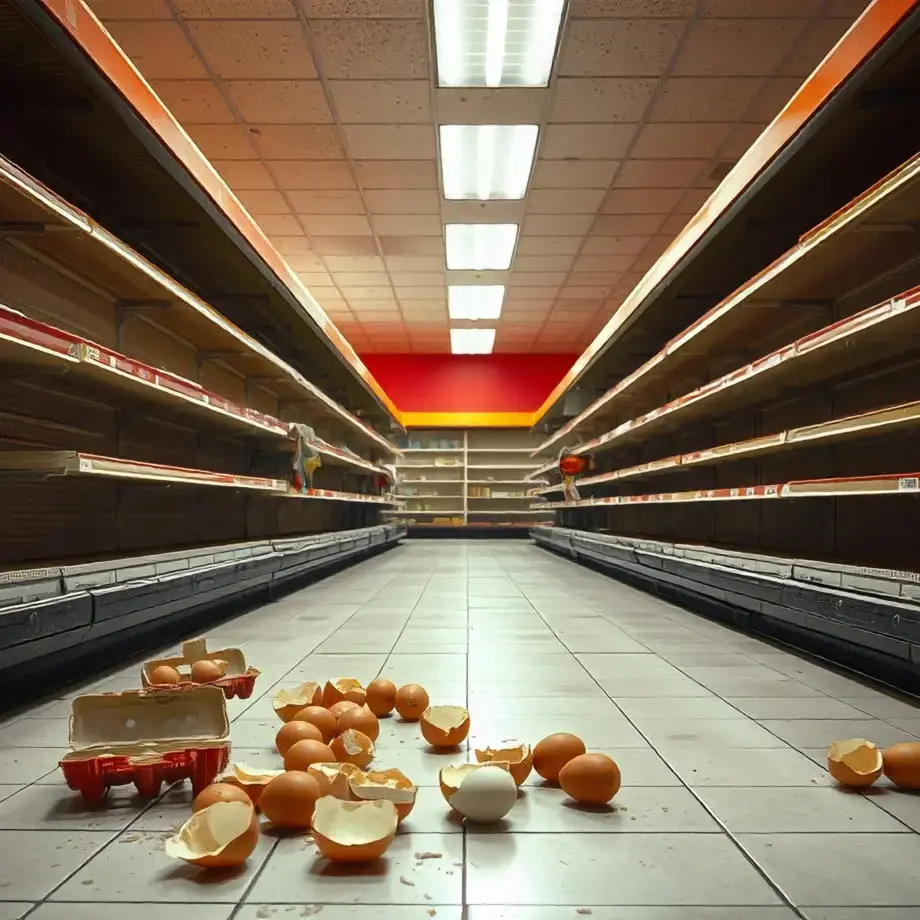©Nicolò Brunelli
More refined and delicate, white truffles must strictly be used raw. The most prized variety? Pico, from Alba. Black truffles, also called Périgord, from the French region where they originate, are the second most prized variety after the white one. They can also be cooked, but the advice is never to exceed 40°C/100°F. An alternative use of white truffle? “Unlike what is commonly believed, white truffles do not only go on meat or eggs,” explains Mammoliti. “For example, it is perfect on desserts. I pair it with an 83% chocolate soufflé, served with white truffle ice cream and white truffle flakes. At home you can combine it with classic chocolate cake, with a simple grating."
The black truffle is more versatile, says Mammoliti. “I use black a lot because it has a more versatile aroma in the kitchen, more earthy, closer to mushroom, and people also appreciate it more because not all palates love the characteristics of the white truffle and the scent it releases. The so-called ‘precious black’ has important properties even when raw, but when cooked it releases its aromas better.”
Use truffles to flavour proteins and fats
Very fragrant, the truffle releases many volatile particles: this is why it can be used to flavour other ingredients in the kitchen. “It easily binds to proteins and animal fats, which absorb all its aromas,” explains Mammoliti. A kitchen trick? “You can make a butter flavoured with white truffle, a milk emulsion, a cheese fondue: the important thing is that there are fatty parts that help convey the truffle flavour. A quick and easy way to flavour eggs, butter, milk, cream (and everything fat) at home? Just keep the ingredients in the same box as the truffle for two or three days," explains the chef.
Learn how to store truffles correctly
How should we store truffles? The method changes depending on whether the truffle is white or black. “Conservation must be done in cotton cloths, changed often. I have a steel box lined with wood, because the wood preserves the right humidity and does not cause the truffle to lose too much weight," says the chef.
“At home, truffles can be preserved in a glass jar, or in rice, but it is not ideal: that's why I found this box technique, which is a tailor-made solution,” he continues. “The white truffle should not actually be preserved: it should be bought and eaten immediately. As regards the black truffle, however, there are more conservation techniques: you can keep it in the same soil from which it was dug out, or in kitchen paper, in the refrigerator, in an airtight glass container. The wood that I use for my boxes is chestnut or olive tree (the truffles can be kept in there for up to a week, always in the refrigerator),” adds Mammoliti.
When is the right time to use truffles? “The fresher it is, the longer the truffle lasts, but we must not forget that it has its own maturation phase: for example, a truffle unearthed the night before will need a couple of days to be good and release its aromas to the fullest,” says Mammoliti. “The advice is to wait a day or a day and a half before using it."
Recipe for Italian pho by Michelangelo Mammoliti
Chef Mammoliti offers Italian-style pho, a forest-scented reinterpretation of the classic Vietnamese soup based on meat broth.
Serves 4
For the pasta
750g Petra 7220 Gran Pasta flour
550g/1.2lbs egg yolk
30g/1 oz extra virgin olive oil
10g/0.35 oz salt
Mix all the ingredients in a stand mixer with a dough hook. Knead until a smooth and homogeneous consistency is obtained. Roll out to 5 mm thickness in a pasta maker, cut to 30 cm in length and pass through the die to obtain the tagliolini form. Allow to dry.
For the sage glaze
40g/1.4 oz sweet butter
100g/3.5 oz chicken broth
Sage, salt, pepper to taste
Reduce the broth by half. Add the sage. Filter. Add the butter, salt and pepper.
For the truffle butter
250g/8.8 oz butter
100g/3.5 oz white truffle
3g/1/2 tsp salt
Blend all the ingredients to obtain a smooth mixture.
For the chicken consommé
1 chicken
4l/quarts microfiltered water
1 white onion
1 carrot
1 stick of celery
20g/0.7 oz nori
Clean the chicken. Simmer it in a pan with water. Remove impurities with the help of a slotted spoon. Add the vegetables and cook for 2 hours. Strain. Reserve the chicken fat aside. Salt and infuse the seaweed. Strain and serve separately.
For the whipped butter
250g/8.8 oz mountain butter
2.5g/1/2 tsp salt
Whip in a stand mixer with a whisk and serve separately.
To finish
Sage powder to taste
Cook the pasta in salted water and finish cooking in the sage glaze. Serve the pasta in a deep dish and add the sage powder. Serve separately with a spoonful of melted truffle butter, whipped butter and chicken consommé.














